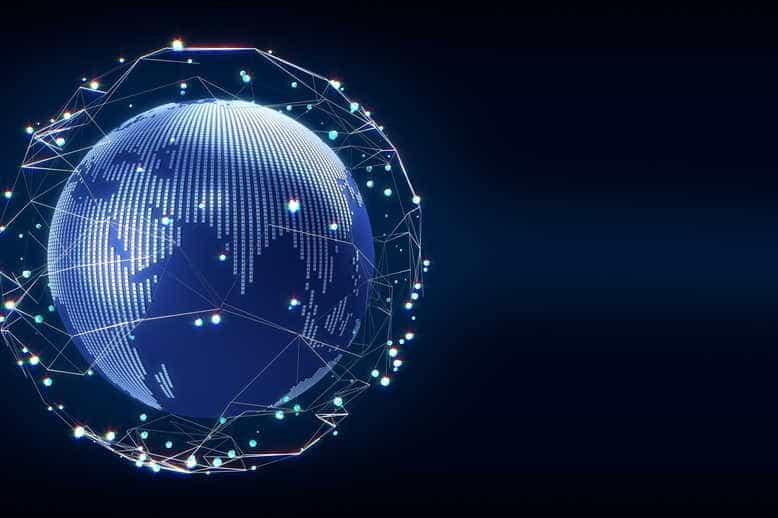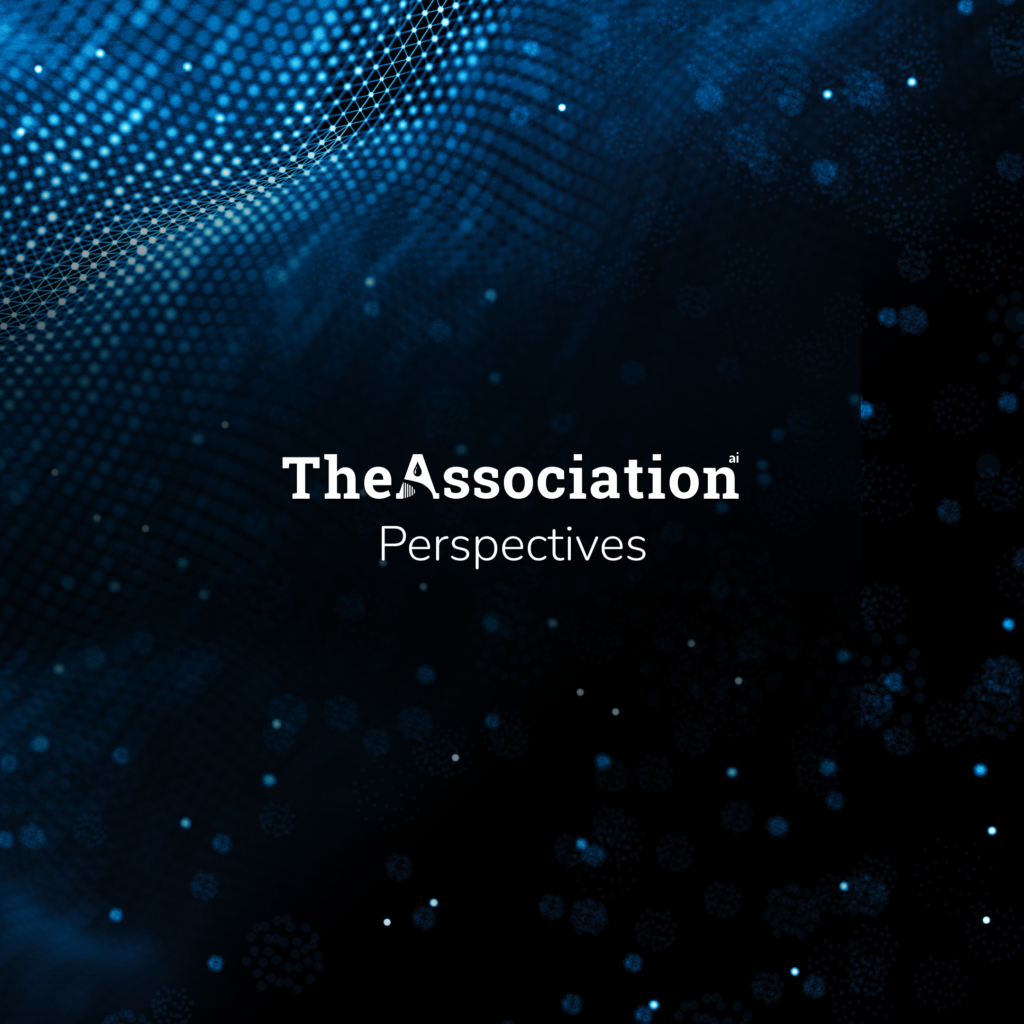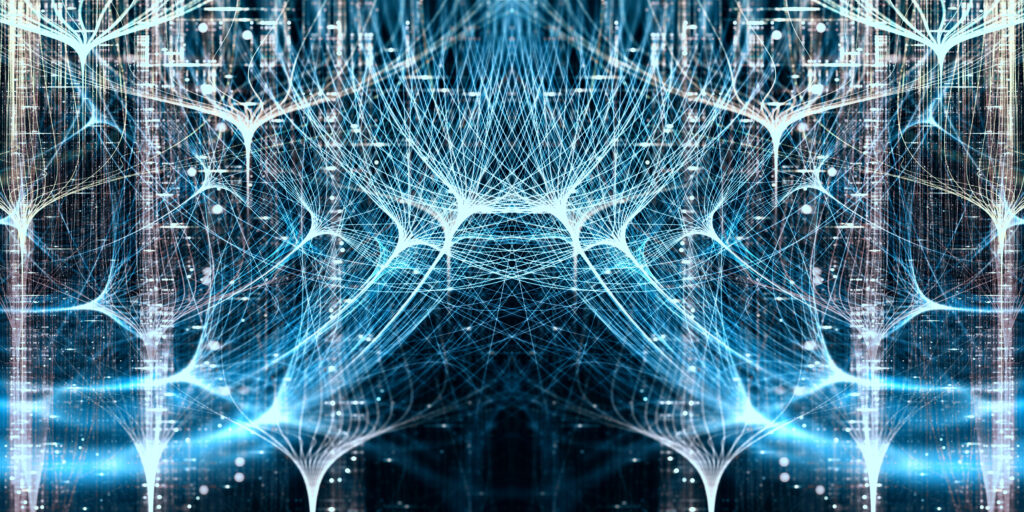
Analyzing Biden’s AI Executive Order: What It Means for the Rest of the World
In Part 1 of this series, we dissected President Biden’s recent Executive Order (EO) on Advancing American Leadership in Artificial Intelligence. We explored the United States’ ambitious goals for securing its position as a world leader in AI development and implementation. But amidst the fanfare, one question remains: what does this mean for the rest of the world?
The reach of this executive order extends beyond America’s borders. In this article, we will delve into each of these areas to understand the potential impact of Biden’s AI push on the emerging global landscape for artificial intelligence.
1. Sparking an AI Innovative Race
Biden’s commitment to substantial AI investment signals America’s intention to lead in this sphere. Other major countries like China, Russia, and the EU may ramp up their own programs with increased funding and targeted talent recruitment to maintain competitiveness. This could accelerate the pace of global AI progress – but also lead to tensions if nations aggressively compete for supremacy.
2. Shifting Alliances and Power Dynamics
The EO emphasizes collaboration with like-minded nations, particularly those in Europe and Asia. Pooling AI research and development with friendly nations like the UK, South Korea, and Japan can help the U.S. advance further and faster. However, rival countries already active in AI, like China and Russia, likely won’t join forces. As coalitions form around leading AI powers, they could tip the geopolitical balance of power.
3. Driving New International Standards
With American leadership, global norms around ethics, privacy, and security may arise through international bodies like the OECD or TheAssociation.AI (harmless plug) to govern responsible AI deployment. As a dominant force in tech regulation and standard setting, the U.S. approach tends to shape worldwide protocols – for better or worse. These guidelines could soon regulate cross-border AI models and data flows. Think of it as setting the speed limit on the AI highway. This could lead to fairer and more responsible AI development, but it could also stifle innovation if the rules are too strict.
4. Reshaping Trade and Economic Policies
Trade wars go digital: The EO could give the US leverage to push for AI-specific clauses in trade agreements. This could mean restrictions on exporting certain AI technologies or services, creating a new battleground in the ongoing global trade wars. Smaller nations reliant on unrestricted AI imports may find themselves scrambling to adapt to these new regulations.
5. Ripple Effects on Tech Sectors
American tech giants like Google, Microsoft, and IBM sitting on troves of talent and data could accelerate their AI capacities even faster with subsidies and partnerships spun out of this order. (e.g., Microsoft’s $10 billion investment in OpenAI) This could widen the gap with international rivals, while also pressuring smaller countries to develop their own AI industries to remain competitive.
6. Influencing Global Data Governance
The US delving into AI data regulation will undoubtedly influence other countries grappling with similar challenges. This could lead to global standards for data rights, transparency, and control. While this could be a positive development, it also raises questions about who gets to set the rules and how these rules are enforced.
7. Impacts on Developing Countries
Poorer nations lacking the resources or expertise in AI may face a difficult choice: partner with the US, develop their own AI industries, or align with other powerful players like China or Russia. This could exacerbate the global AI divide and leave some nations struggling to reap the benefits of this transformative technology.
Final Thoughts
There’s no doubt that America’s AI ambitions will have a profound impact on the rest of the world. While the exact nature of this impact remains uncertain, one thing is clear: the global AI game is about to get very interesting. This EO could usher in a new era of international cooperation and collaboration, or it could spark a bitter rivalry between nations vying for AI supremacy. Only time will tell which path the world takes, but one thing’s for sure: the future of AI is anything but ordinary.





